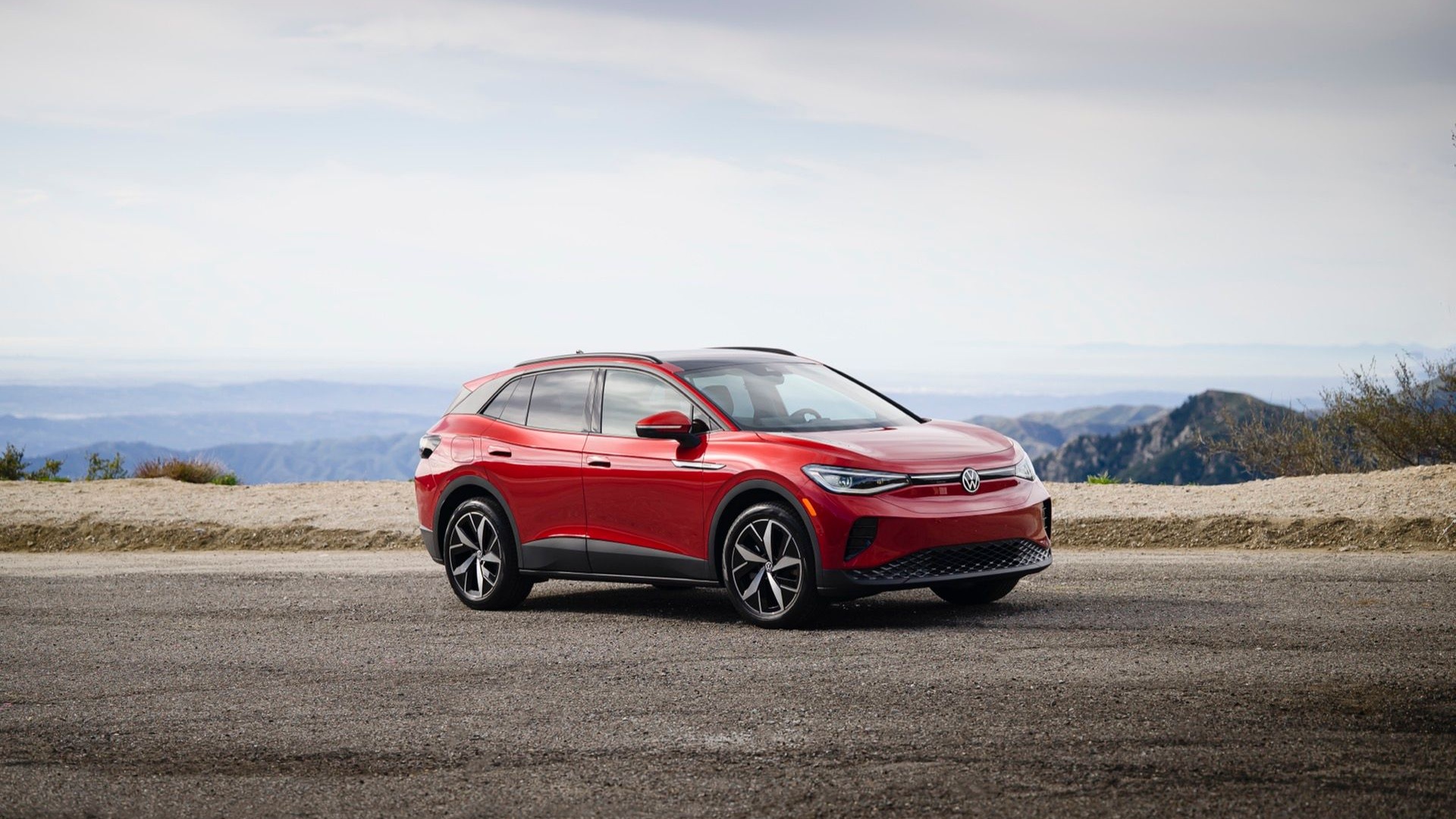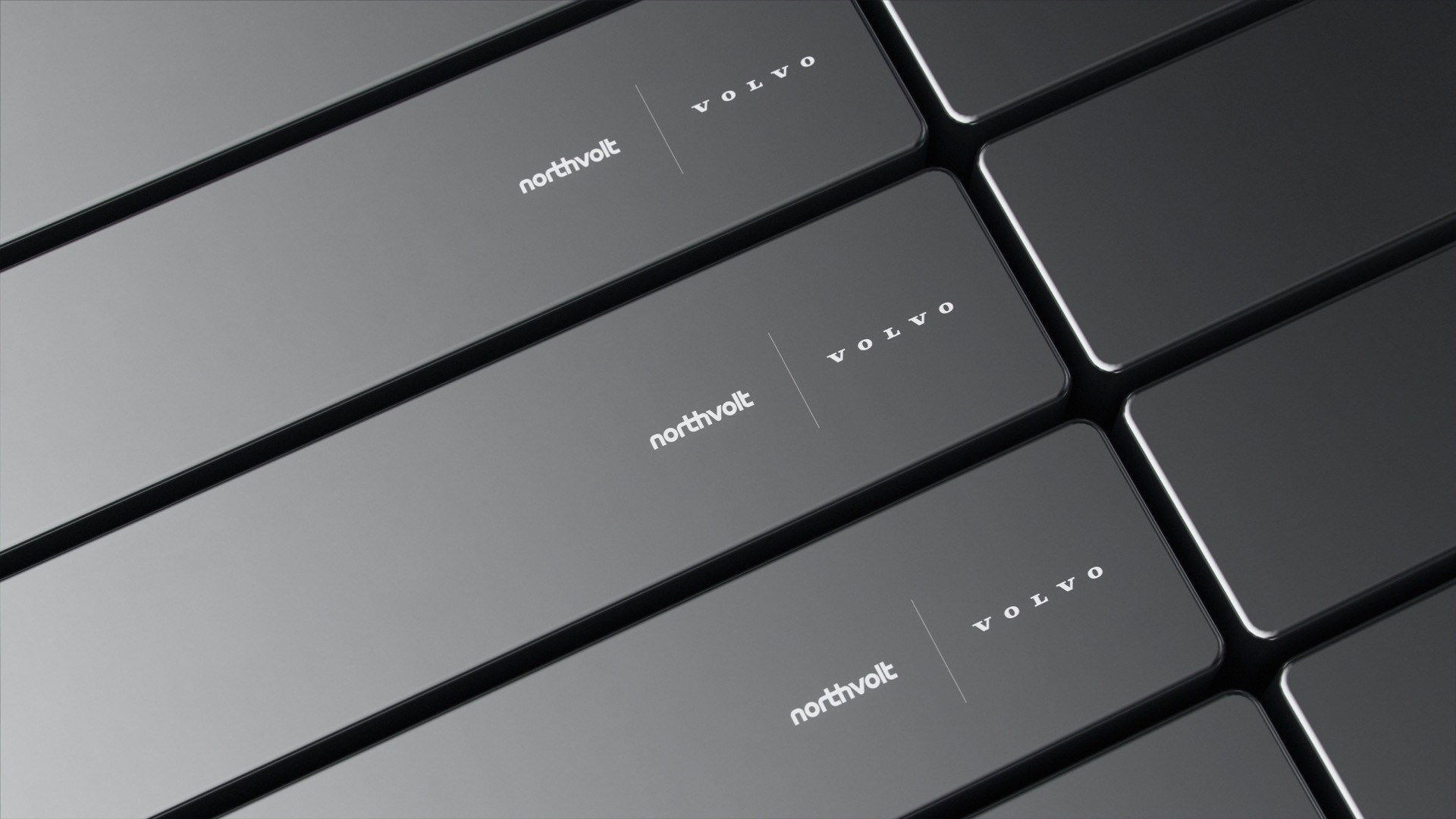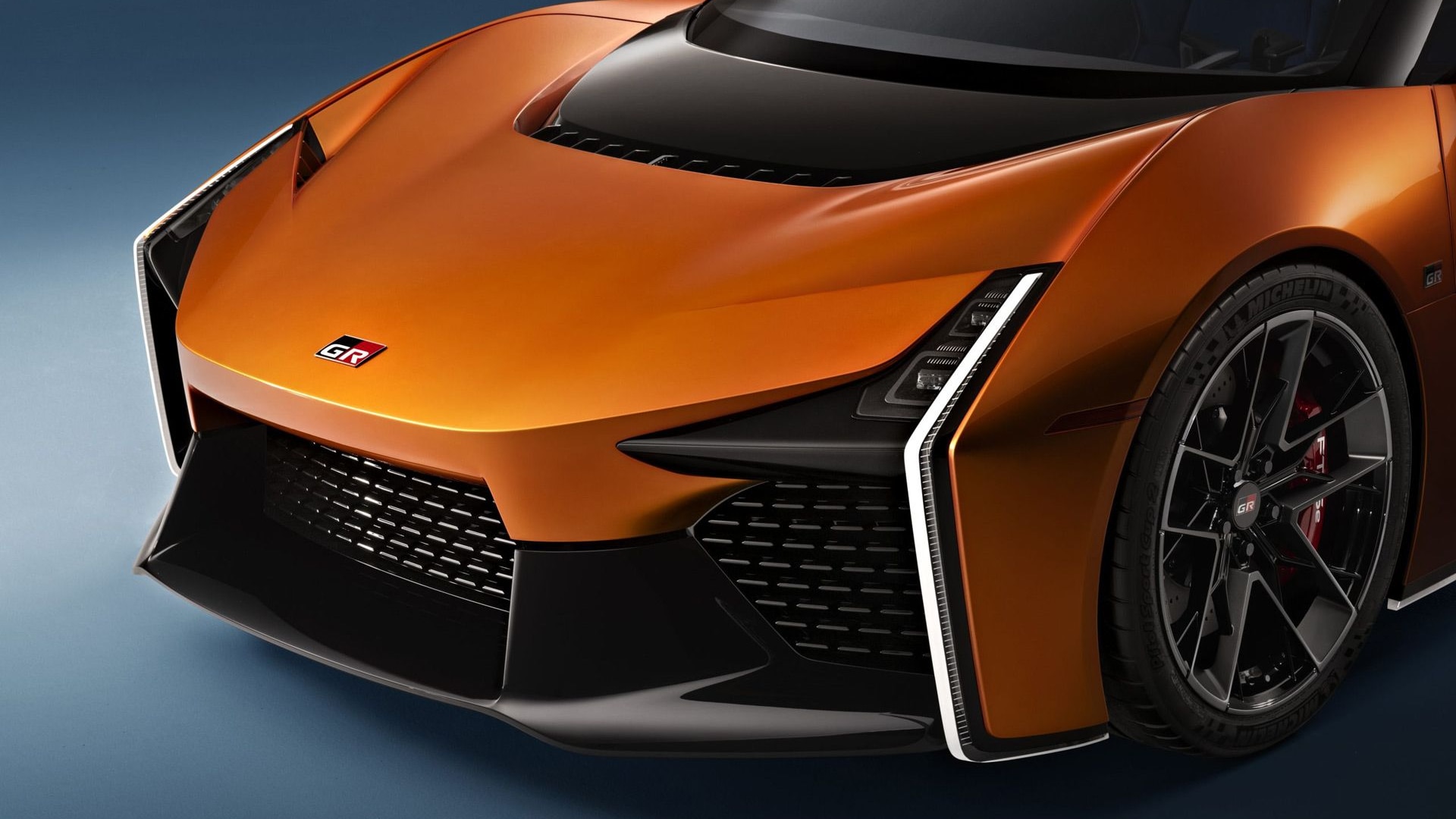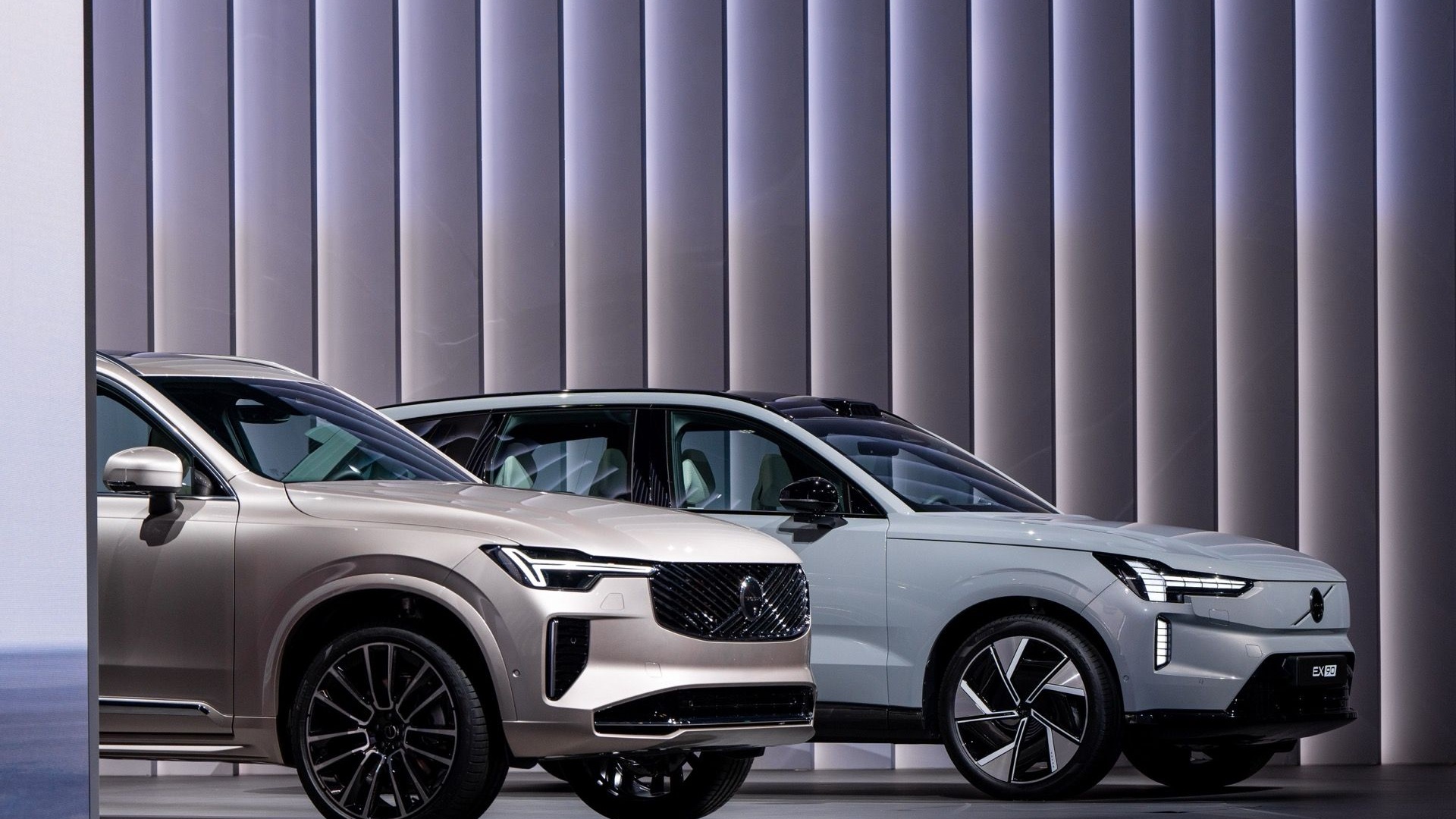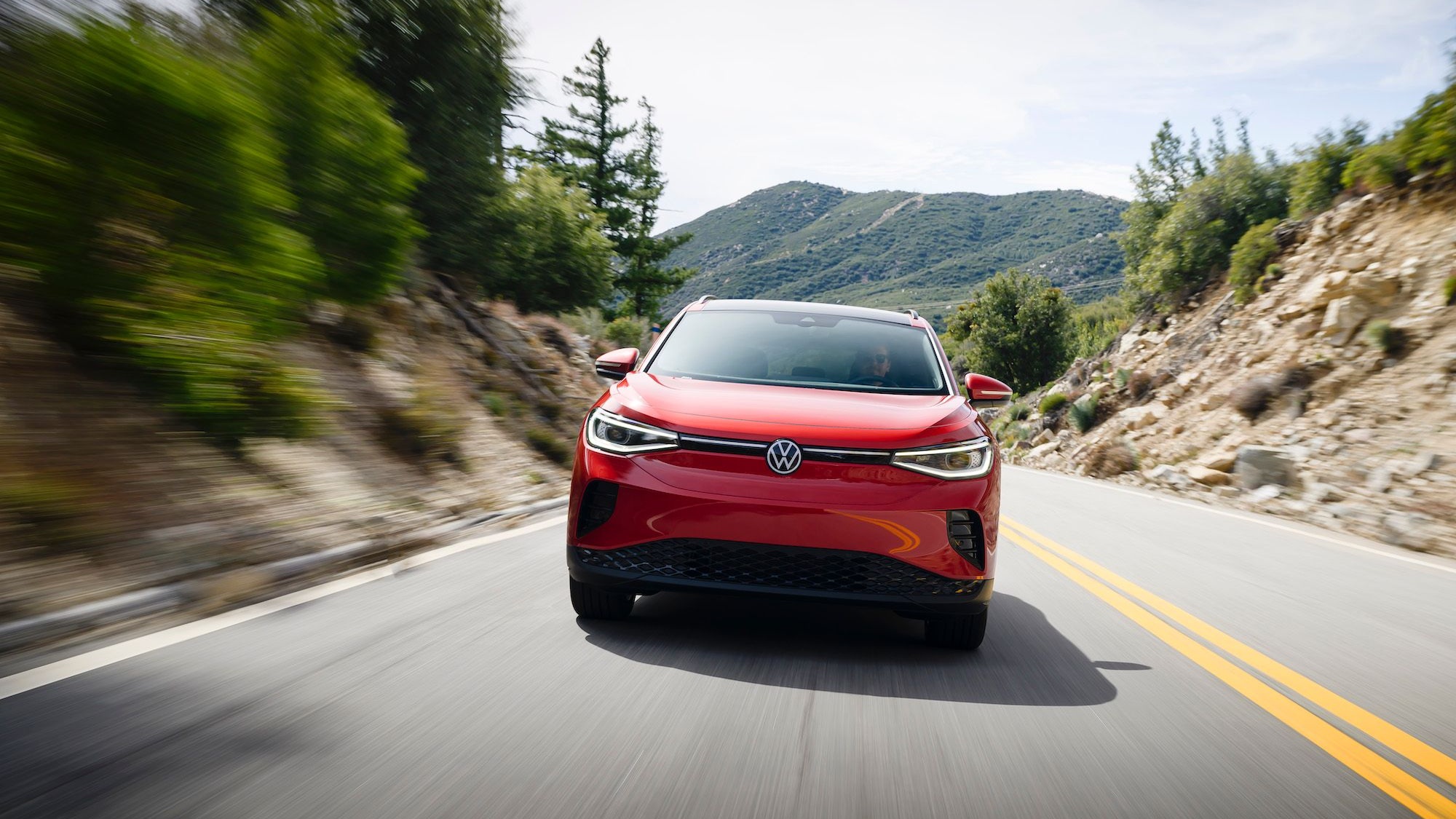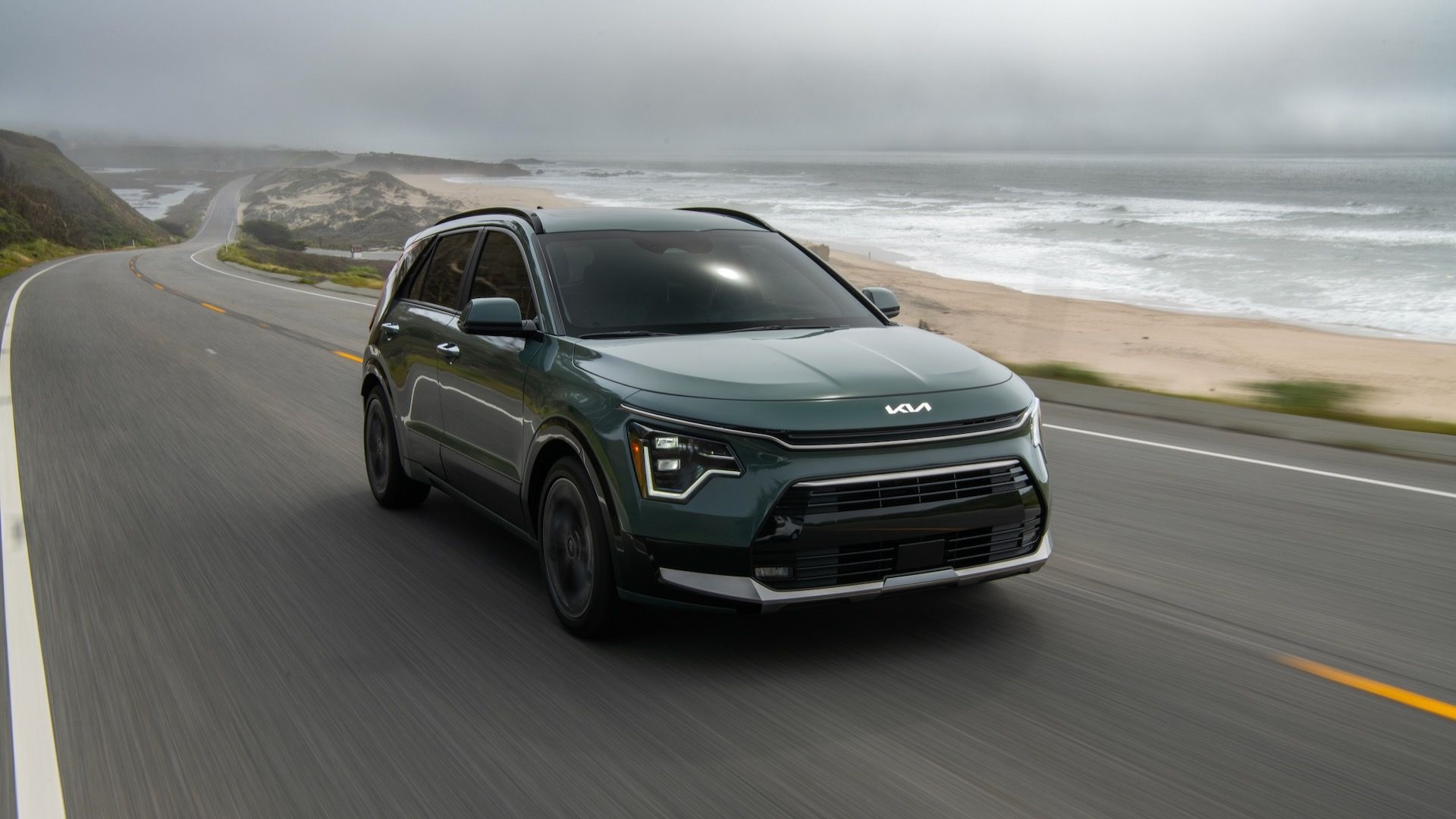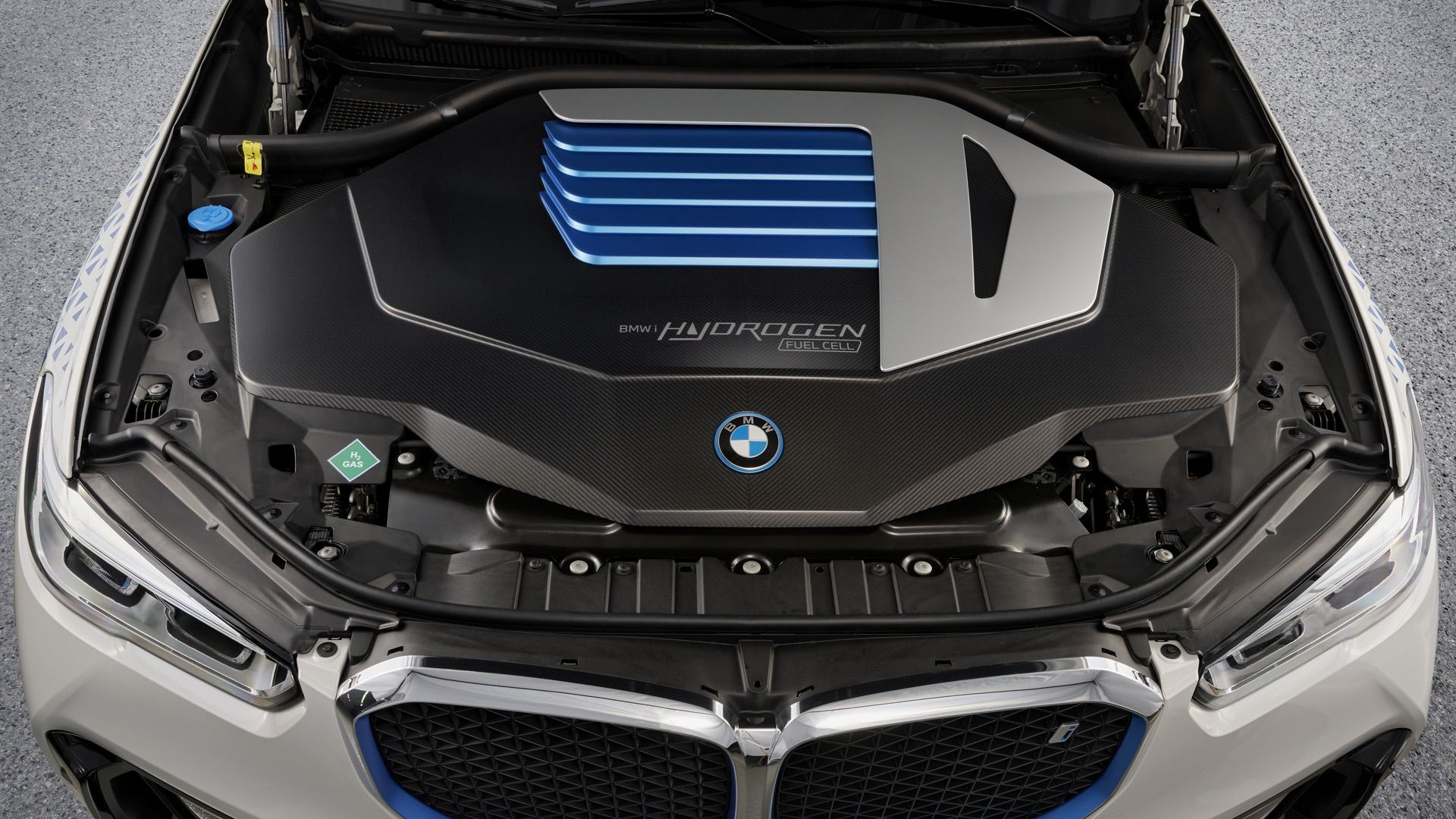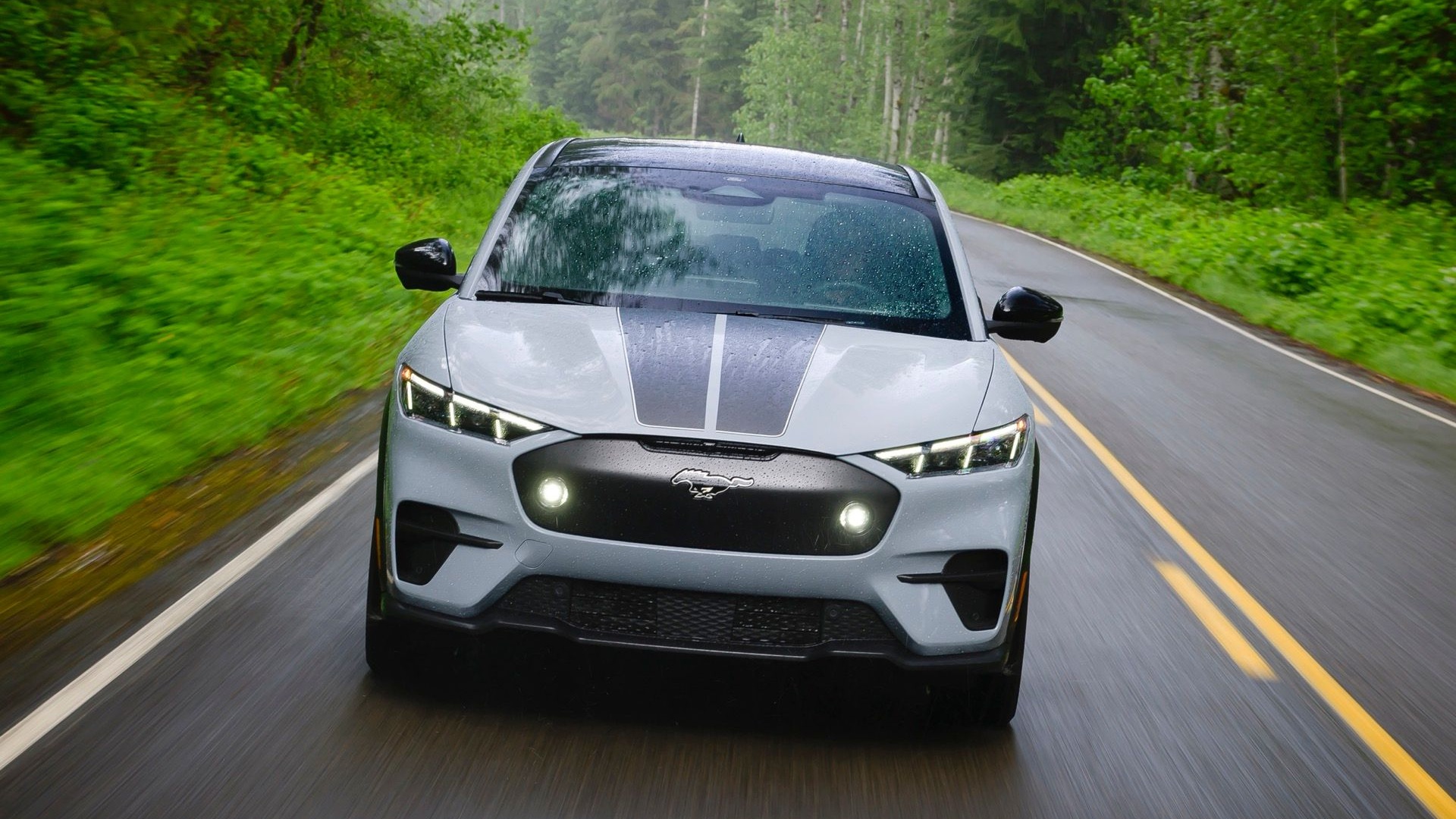- Good EV route planning shortens trips by connecting the fastest compatible chargers at the right time.
- Not all automaker apps and interfaces provide the tools for the quickest EV road trips.
- Even if your EV has charger-savvy route planning, independent apps can suggest better options.
It doesn’t take electric vehicle owners long to understand that, for EV road trips, charging can be far more important than driving range.
That’s partly because “filling up” an EV in the shortest possible time is more complicated than filling up a gasoline vehicle. You can’t select the grade, put the nozzle in, and expect essentially the same rate for topping off anywhere you go.
For EVs, getting miles and state of charge back in at the peak rate means not only plugging the correct charger and charge connector in, but doing so at the ideal state of charge—usually in the vicinity of 10%. Some of today’s fastest-charging EVs can get from 10-80% in well under 30 minutes, but they need to be plugged in at that low state of charge to achieve it.
That requires a strategic approach to trip planning, taking into account where the fastest chargers are along the route, and whether they can be selected to match up with a low battery charge to harness the speediest charging stop.
Tesla was ahead of the curve in all of this. It rolled out an in-vehicle or in-app smart route planner more than a decade ago with the Model S, refining it essentially as it built out its Supercharger network.
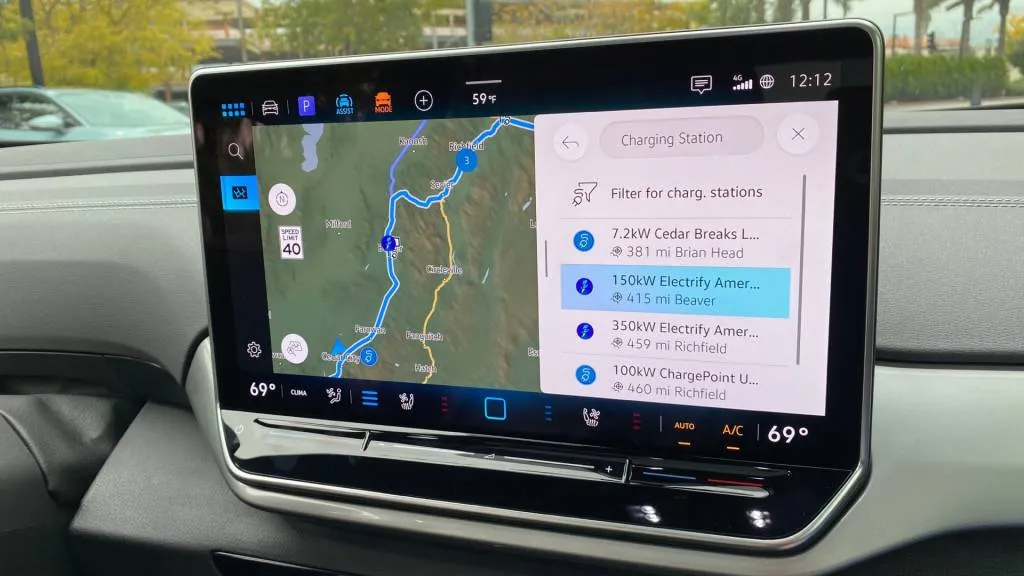
2024 Volkswagen ID.4

2024 Volkswagen ID.4

2024 Volkswagen ID.4
Other automakers are catching up. For instance, Ford and VW have recently vastly improved their route-planning interfaces. The system in the VW ID.4, for instance, now automatically plots chargers along your route, and it’s easy to swap in different stops as it makes sense. Rivian has resorted to grading EV charging sites included in its own vehicles’ trip planner for a better experience. GM, Polestar, and Volvo are among the automakers relying on a version of Google Maps functionality, which doesn’t always get it right.
But there are still plenty of EVs that offer no route planner, if you consider EV route planning to be the ability to augment the route or charging stops as necessary. The Subaru Solterra I was recently in would find chargers, but it wouldn’t triage those charging stations and my state of charge.
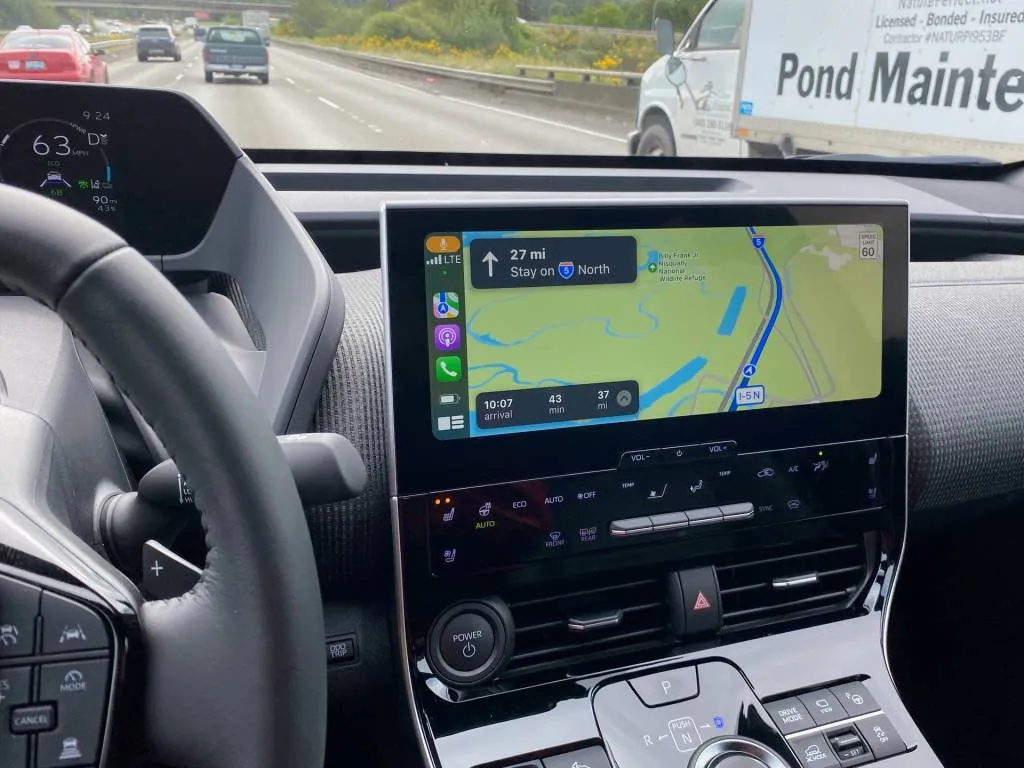
2024 Subaru Solterra
Even today, other automakers are hit and miss in whether they enable their customers with the knowledge or the tools needed to make the most of their EVs’ range and charging. In recent years, motivated EV drivers have sought out better solutions while automakers struggle to implement anything close to what Tesla has offered.
That involves some well-meaning efforts to aggregate multiple charging networks into single brand apps for devices or the vehicle interface. These usually help, but they sometimes make it more confusing, as compatible chargers get left out—leaving customers uneasy about whether they’ll have a place to charge.
Our advice? Use your brand app. And when you go on EV road trips, use one of these other route-planning apps, too. You might find a faster way—and a new favorite.
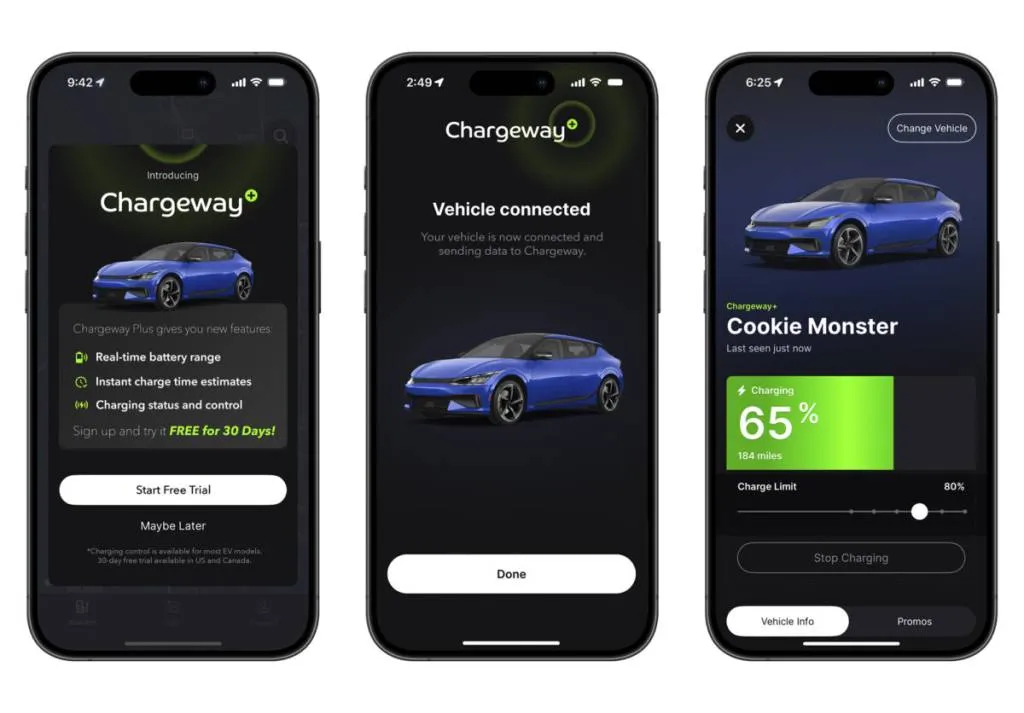
Chargeway Plus
Chargeway
Chargeway is probably best known for providing a color-coded visual language for finding the right charge connector for a particular EV. But for years it’s also been providing route-planning functionality—now offered on iOS and Android—that draws from a vast data set of charger info to minimize the time spent charging based on the EV and driving conditions. If you have multiple EVs, you can enter them in the app and get customized planning catered to each of them.
That’s all been free to consumers, but now Chargeway also has a premium tier. In June, after a pilot test and soft launch in Austin, it launched a suite of Chargeway Plus connected-EV features that allow owners to tap into real-time state-of-charge info, see remaining range, and have control over charging sessions. Chargeway does this by linking, with your permission, to the connected services you likely already have for your EV. Chargeway also plans to add real-time pricing, activation, and payment for charging—so in the near future this could be a single go-to app for everything from unlocking your EV to managing home charging habits and seeing where you’ll stop to charge in an upcoming trip.
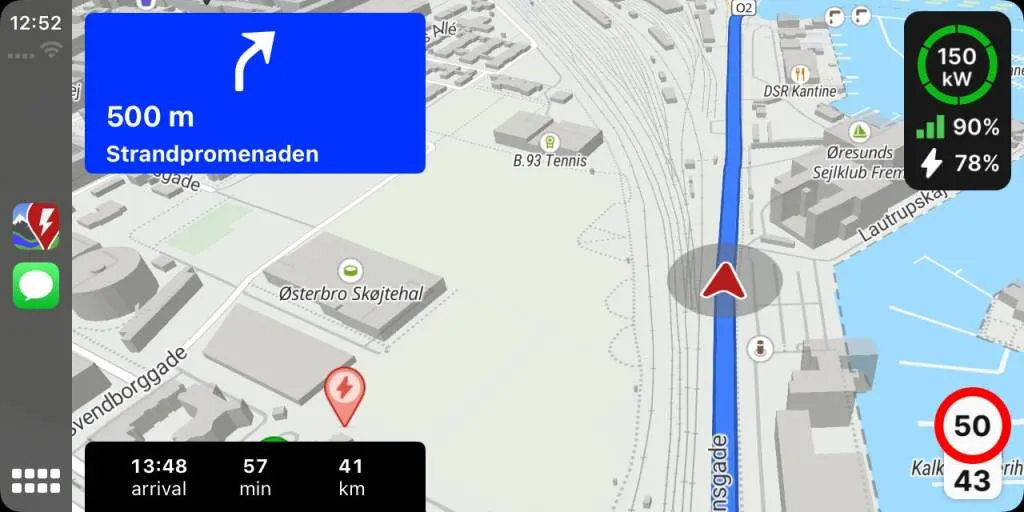
A Better Route Planner with Apple CarPlay
A Better Route Planner
For route planning, A Better Route Planner (ABRP) is exactly that, and it’s found a loyal following over the years from EV drivers who simply can’t put up with the clumsy or nonexistent route-planning features that came with their vehicle. ABRP offers basic EV route planning, incorporating the best use of chargers along the way, for free.
A premium membership of $5 a month or $50 a year is necessary to use it with Apple CarPlay and Android Auto and juggle multiple vehicles all via the same interface. Just like Chargeway, it takes into account weather conditions, as well as traffic, and using your vehicle’s telematics connection you can connect the app so it taps into state of charge and charging progress. In Premium form, ABRP can also tap into your vehicle’s data with your existing cellular connected service, but it offers an OBD dongle you can plug into your vehicle’s port to use with the iOS or Android app.
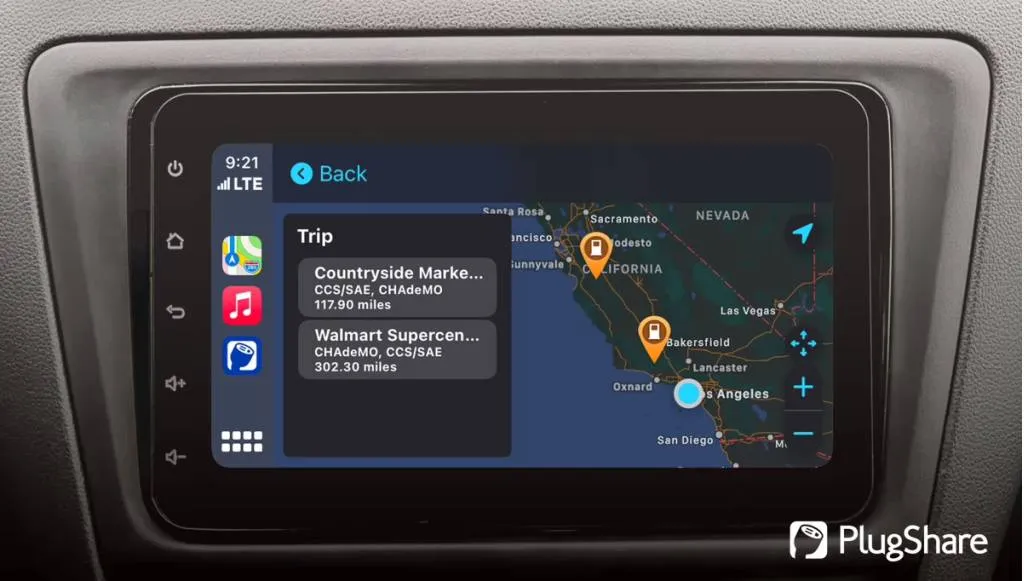
PlugShare with Apple CarPlay
PlugShare
When PlugShare started in 2009, there simply wasn’t anything like it—a map-interface-driven charging finder for EV drivers. It was the early leader for locating charging stations and filtering them by connector type or power needs, and by 2015 it had a simple trip planner in place. Within its first five years, PlugShare had added crowdsourced ratings for charging stations, user reviews and feedback, and eventually a limited charging payment system bypassing the array of physical cards and fobs necessary at the time.
Although now owned by the same company that owns the charging network EVgo, PlugShare has remained network-agnostic in terms of its filters, interface, and route planning. It’s also free for iOS and Android, and compatible with Apple CarPlay and Android Auto—although the app relies on banner ads and paid subscriptions cost $0.99 a month or $9.99 a year to remove advertising.

Apple Maps in Porsche Taycan
Apple Maps
When used with Apple CarPlay, and the user has selected the make and model of EV, Apple Maps itself will provide route-planning guidance based on the anticipated range of the vehicle. Some models—including the Ford F-150 Lightning, Ford Mustang Mach-E, Porsche Taycan, BMW i4, and more—get assistance with battery preconditioning. This may shorten charging stops in colder weather especially, but it happens only when using native navigation or when the driver remembers to activate it.
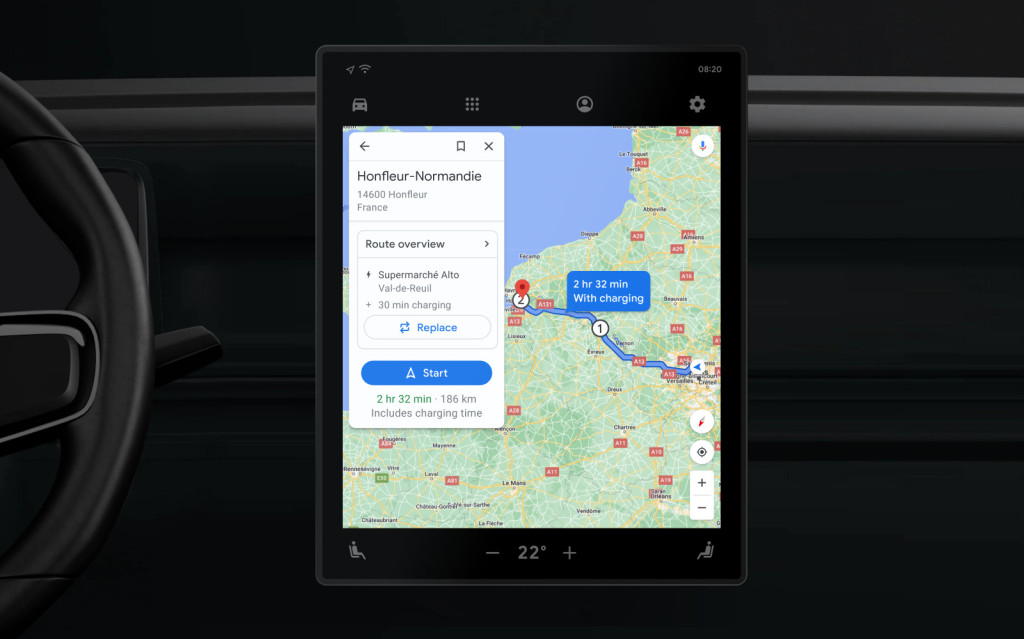
Google Maps EV charging station functionality
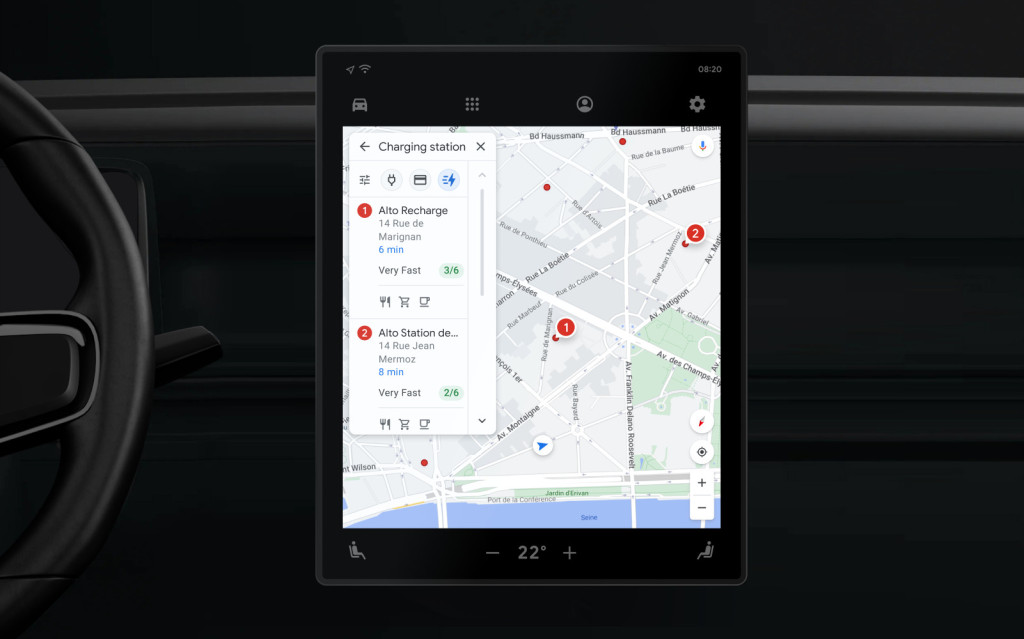
Google Maps EV charging station functionality
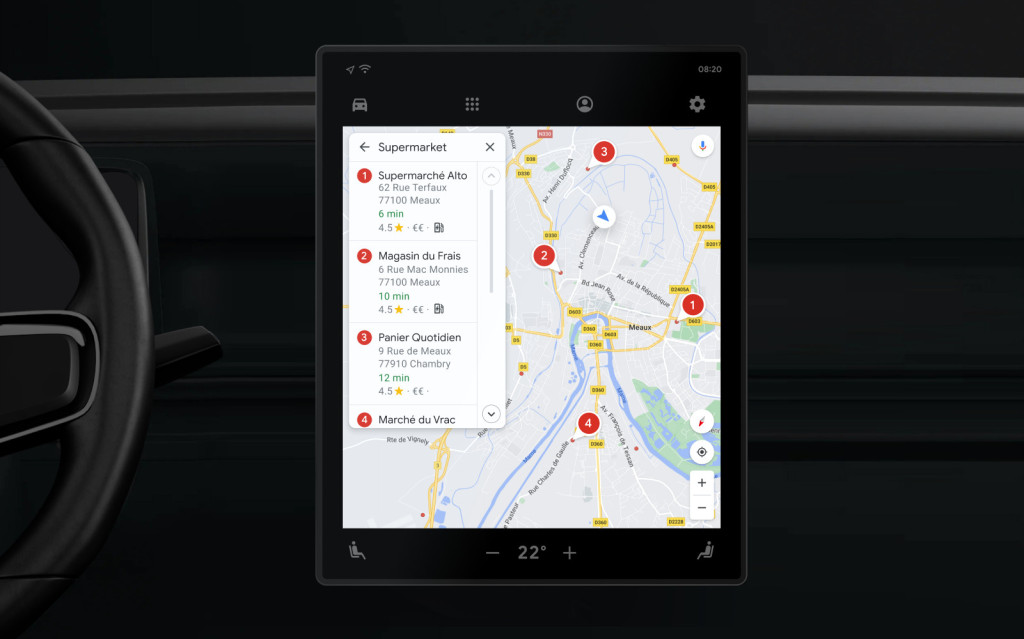
Google Maps EV charging station functionality
Google Maps
Google has come a long way with its route-planning interface in a relatively short time. It’s offered charging station information through its Maps app since 2018, though that feature was originally limited to Android devices. In 2019 it added dynamic EV routing, but it wasn’t all that useful until 2023 when it truly started differentiating charging stations by power level. Google Maps and its EV route planning, now part of what it’s calling the “Google Maps Platform,” has now become serious business as it’s the native navigation application for vehicles with “Google built-in”—and get ready to pay subscription fees to Google and automakers to use it in cars in a few years.


